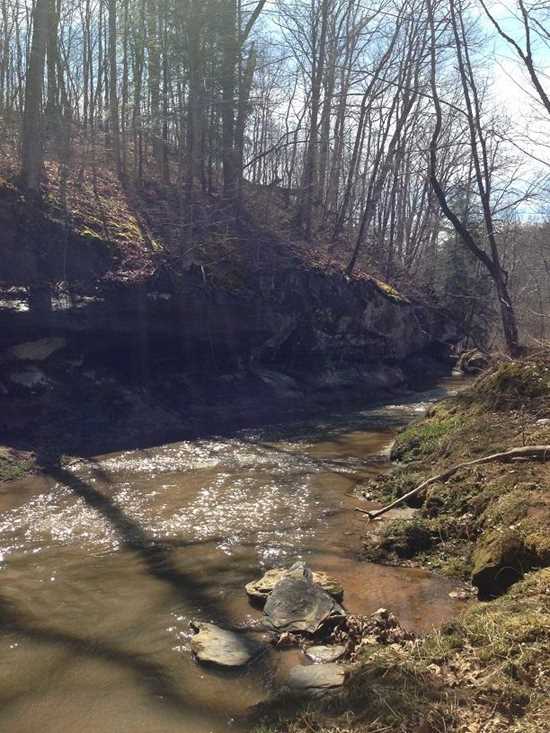The water cycle and erosion are part of Ohio’s fourth grade science standards. Julia Moncrief’s students at Meigs Intermediate School in southeastern Ohio did chemical water tests for dissolved oxygen, pH, nitrate, and phosphates of the water in the local stream behind the school. She expanded the activity to the garden club to include students from other classrooms.
These students live in an area where there has been a history of strip mining. An exposed mine is located upstream from where they tested the water. Moncrief wanted students to understand how much of an impact humans have on the environment. She helped them that the water on Earth is recycled through the water cycle and that contaminates can easily get into the water supply through the natural processes of weathering, erosion, and deposition.

According to Moncrief, the students loved being outdoors and learning about the impacts human activity has had on the water in their own back yard. “Many of them indicated that they wanted to learn more about how to take care of their environment. Some students commented that they were saddened by how much trash they see on the road that can get into the waterways and they want to find ways to help clean up their community! It was exciting to see the students being inspired by what they learned!”
Moncrief said, “The workshop was great for my first year of teaching because I was able to learn many new ideas from colleagues and the workshop itself. I was nervous that a lot of the material would be too advanced, but the other teachers shared ways I could differentiate for my younger students. It is so important for students to be engaged in hands on science learning at an early age. I have been sharing what I learned with other teachers and they are interested!”